I managed to reverse engineer a headphone amplifier in a USB DAC that I bought on aliexpress. As I expected there is a electrolytic capacitor in series to the output, but there is also a 10Ω resistor in series. What is purpose of this resistor? I would like to short it to increase damping factor (see NOTE1), but I'm sure there is a reason to put it there.
DAC is "called": SPDIF Interface USB decoder ES9028Q2M + AD823 + SA9023 ES9038 DAC computer Sound Card headphone amplifier not need power supply
NOTE1: Headphones have unwanted own resonances. Removing the series resistor decreases their effect to the sound assuming the headphones are passive.

